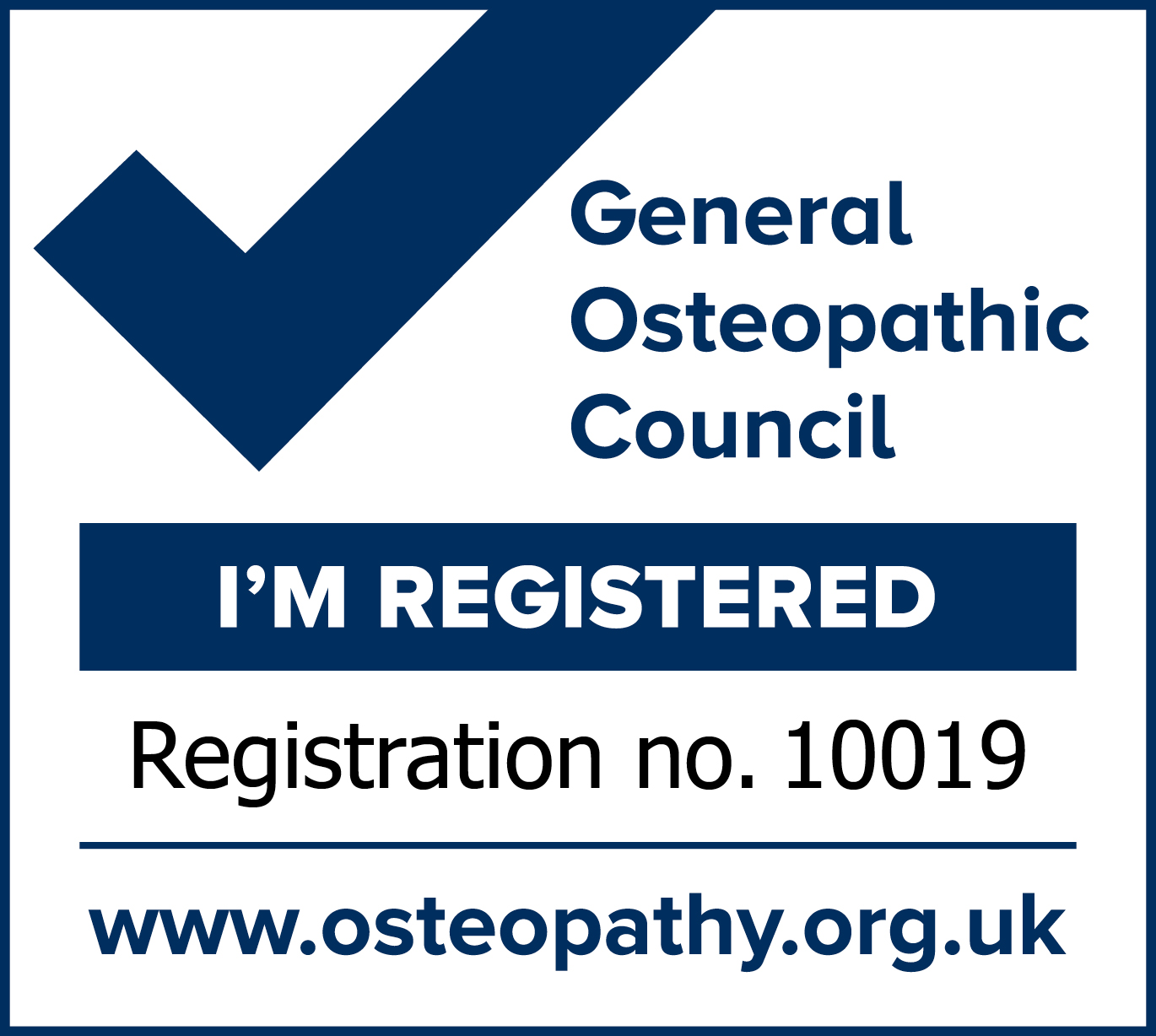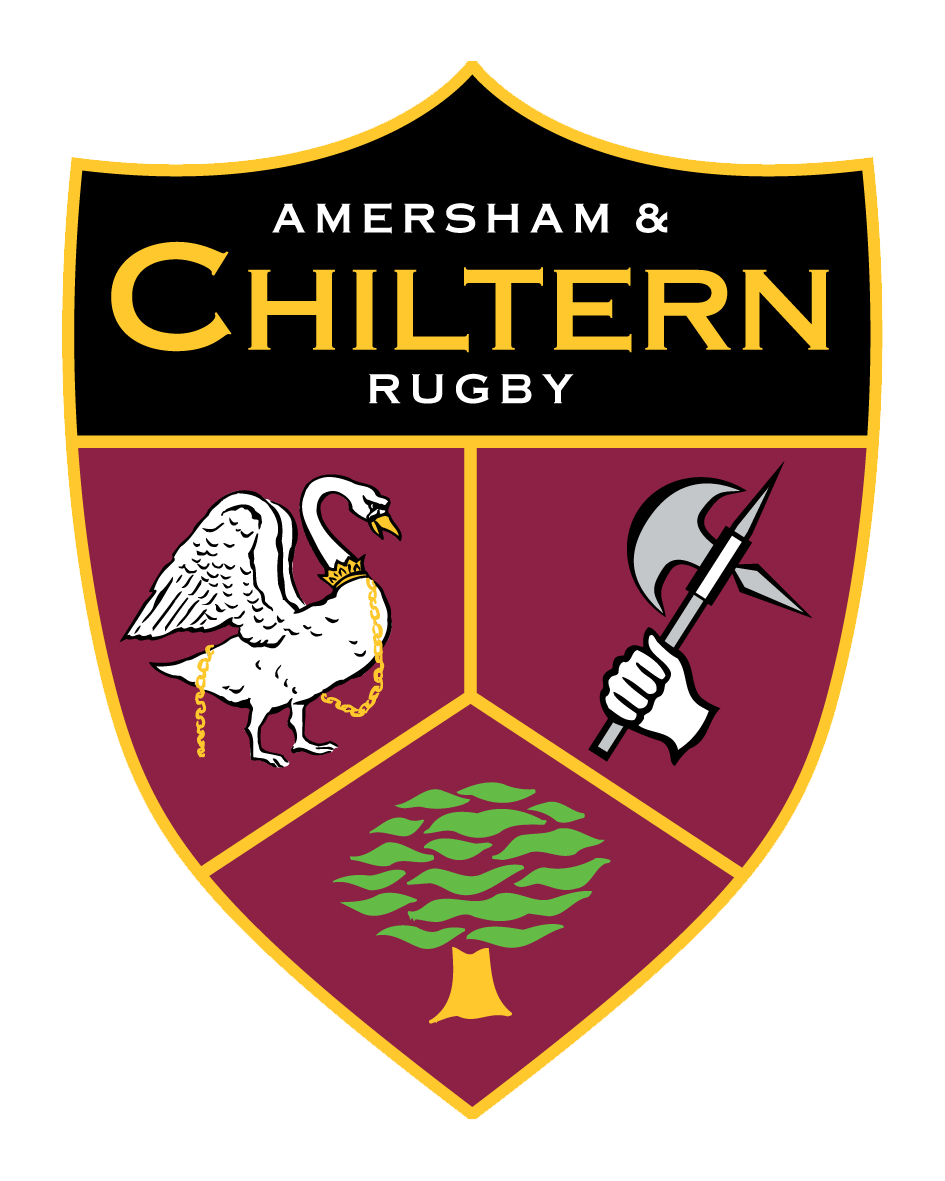The shoulder is a fantastically mobile and versatile joint!
Sports such as basketball can be difficult if you’re suffering with shoulder pain.
The shoulder is created by a “ball” at the top of the arm bone (humerus) and a “socket” on the outside of the shoulder blade (scapula). It is held together by the tendons of the rotator cuff muscles, a thick capsule, ligaments, and other muscles that cross the joint from the torso to the arm. These structures enable the arm to push, pull, lift and move our bodies and objects throughout the day and during sports or exercise.
However, the shoulder can often be a site of discomfort and is the third most common reason people speak to their GPs about pain. Shoulder pain can often present as an ache or stiffness, difficulty when moving or lifting the arm, painful clunking or grinding sensations, and associated neck or upper back pain. Thankfully, the majority of new shoulder pain gets better within a few days, especially if the activities that aggravate the shoulder are temporarily reduced and the pain is allowed to settle down. When pain persists, the level of pain is severe, or the pain is related to a significant injury or trauma it is recommended to have your shoulder assessed by a professional.
What is shoulder pain caused by?
Rotator cuff-related shoulder pain is considered the most common type of shoulder pain and often describes a situation when it is difficult or painful to lift your arm, reach above your head or behind your back. The rotator cuff’s primary role is to provide stability to the shoulder and move the arm. The rotator cuff is highly active throughout the day and when demand on the muscles or tendons outstrips capacity in the tissues they can become irritated and painful.
An individualised rehabilitation plan can reduce shoulder pain and get you moving back quickly!
Getting function back and decreasing pain are normally the initial priority for treatment, being able to move your arm and complete day-to-day tasks pain free is top of my list when treating shoulder pain. Once this is achieved the focus switches to long-term rehabilitation, working with you to build resilience in your shoulders through individualised and specific exercises. Increasing strength and control to create robust joints, muscles and tendons to cope with the demands of your active life or sport.
How can Patrick Esson Osteopathy help?
I know how frustrating a painful shoulder can be and how it impacts nearly everything you do. I’ve had great success treating and rehabilitating shoulder injuries. If you would like to reduce your shoulder pain, increase your confidence and return to your active life don’t wait any longer to start your recovery - get in touch now.






